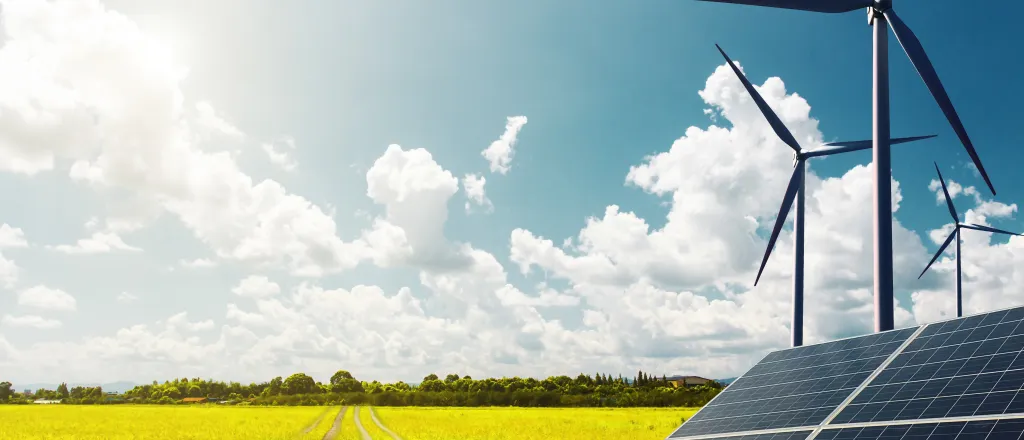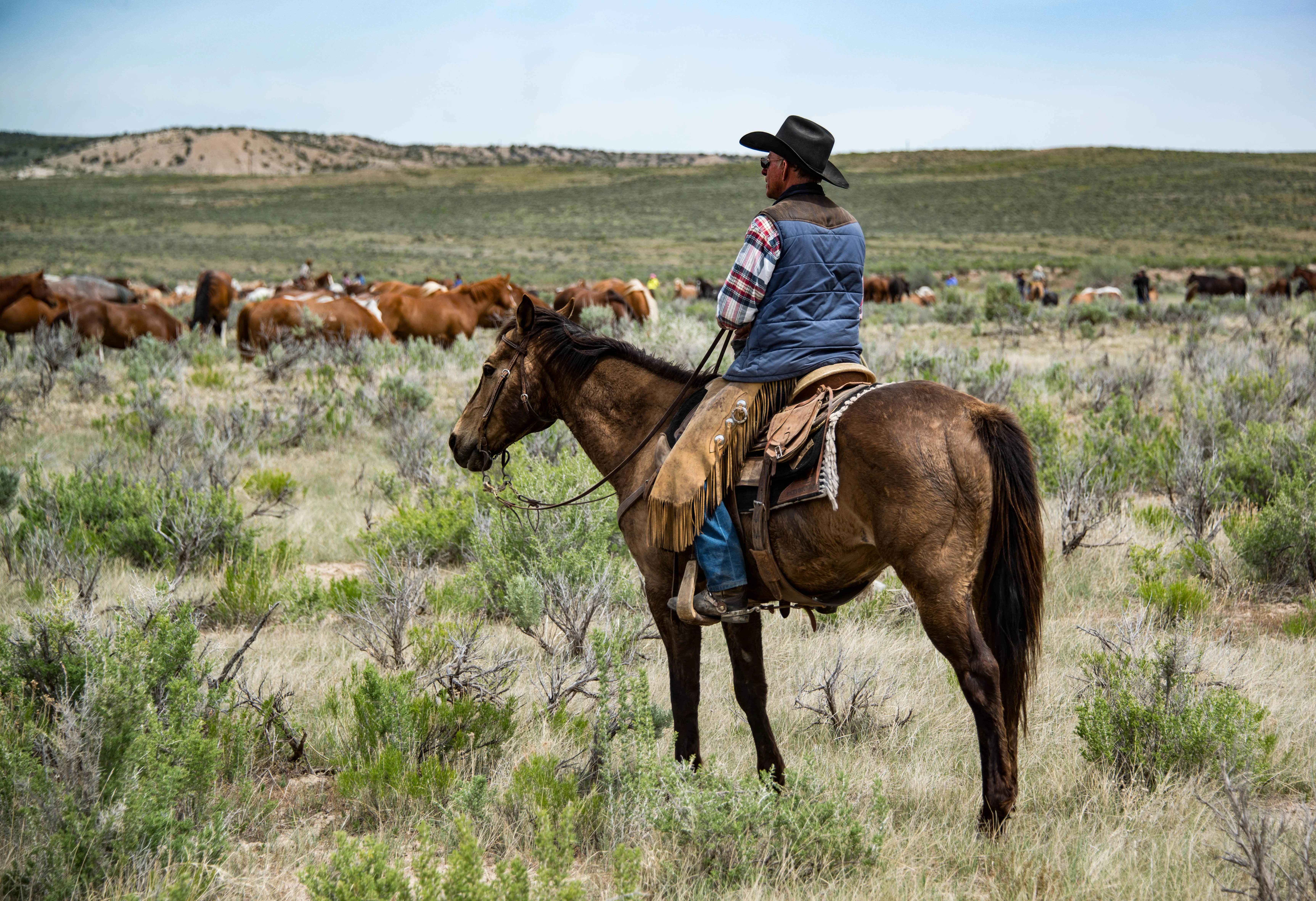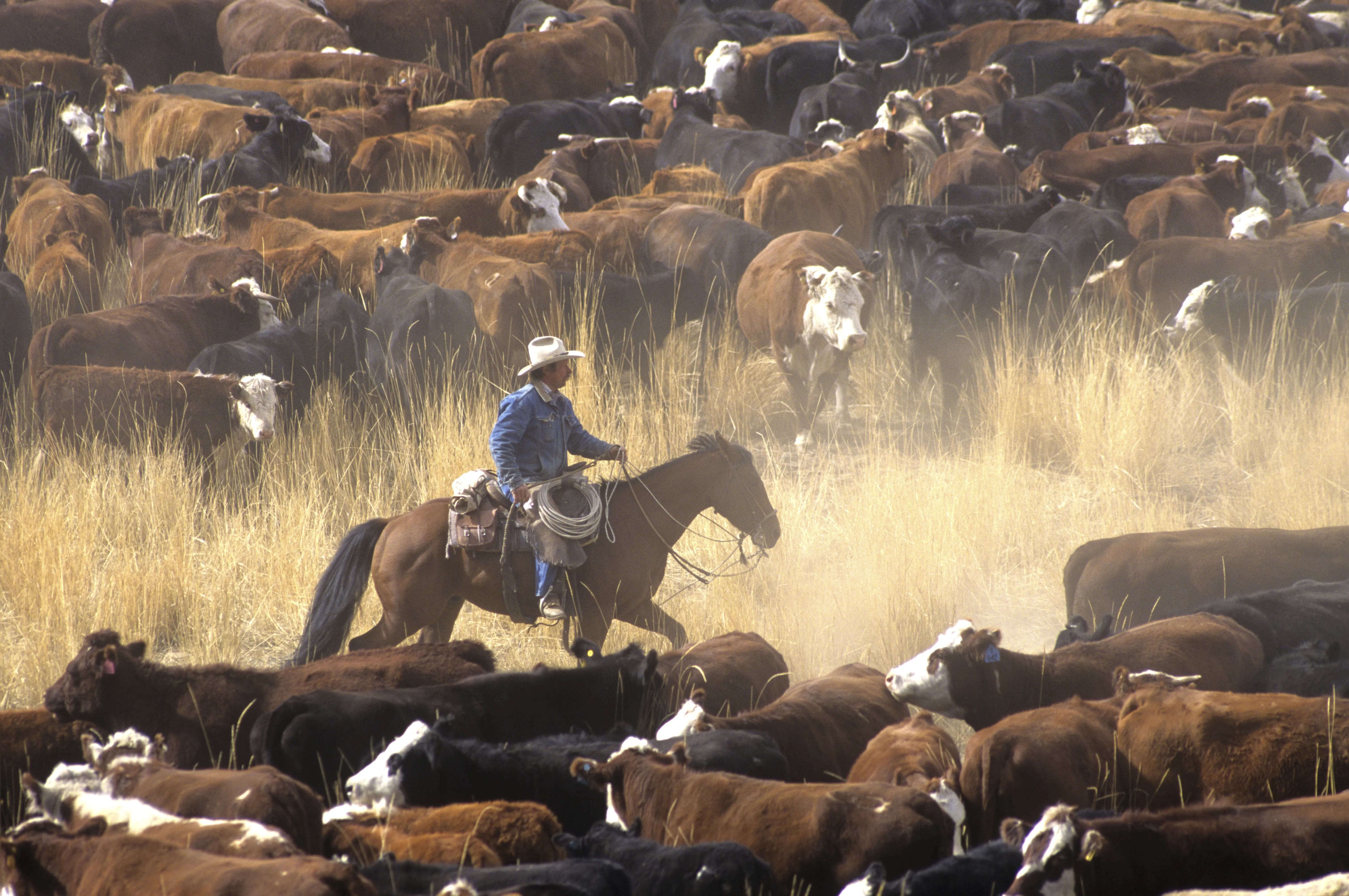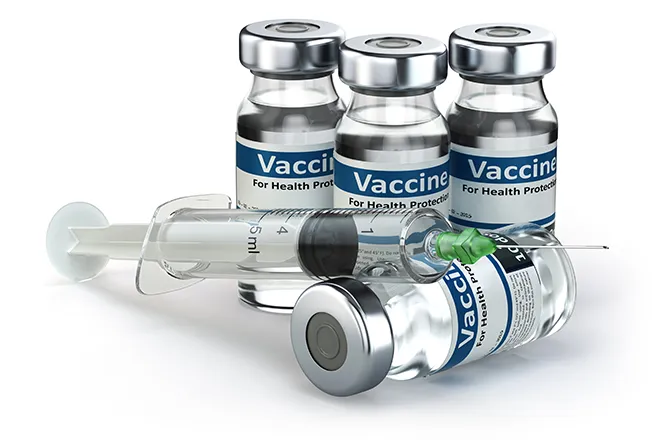
Dual-use solar makes best use of renewable energy, farmland
Click play to listen to this article.
(New York News Connection) New York is looking at different ways to make use of where to place solar panels. The practice of dual-use solar uses solar panels in a variety of forms, ranging from shade canopies for cars to a house's awning, but this is becoming a common agrivoltaic practice. Solar panels are being installed on farmland growing crops or home to livestock production.
Kyle Rabin, policy analyst with the Alliance for Clean Energy New York, said agrivoltaics provides opportunities for dual-use solar.
"Agrivoltaics can provide much-needed revenue for New York's farmers and improve the quality of farmland that plays host to solar projects. Even on its own, solar projects can have the benefit of protecting farmland from other more permanent uses of that land," Rabin said.
An Alliance for Clean Energy New York report finds almost 69,000 acres of farmland will be used for dual-use solar by 2030. This will more than double by the time New York is supposed to be using 100 percent renewable electricity in 2050.
Solar developers can take advantage of the New York State Energy Research and Development Authority's Renewable Energy Certificate program. This allows solar developers to compete for long-term state contracts, with an incentive to use farmland for solar projects. But, Rabin said the limited incentives pose a challenge.
"For New York State, which is already doing so much to explore this area and facilitate its growth, to have policies that can incentivize both landowners, farmers and solar developers to help ensure a smooth transition to this co-utilization of farmland," he added.
Lawmakers put legislation forward to establish an agrivoltaics viability pilot program. The bill's goal was to protect soil health during construction and decommissioning of solar arrays, use sustainable agricultural production practices, and study commercialization of these projects. However, the bill failed to make it out of committee.
















